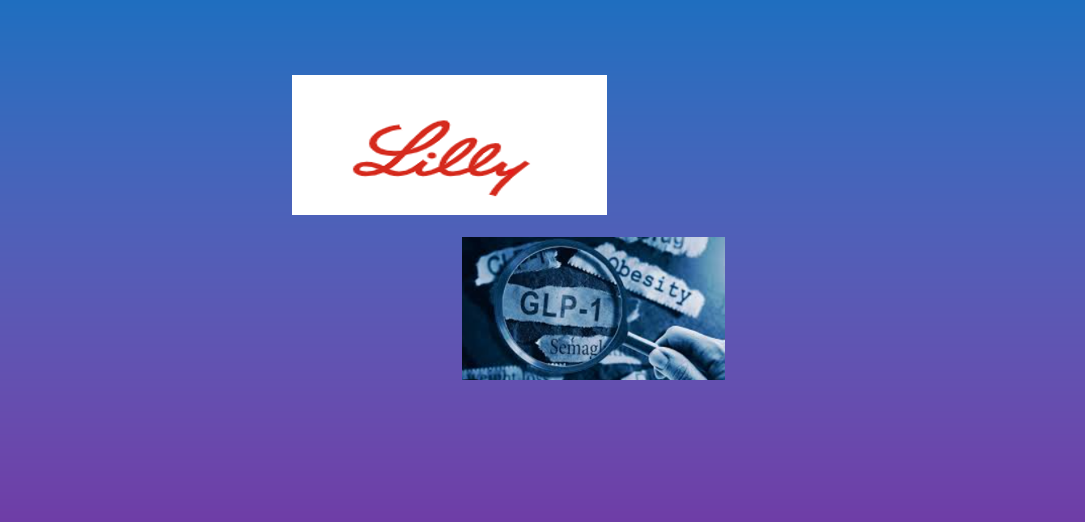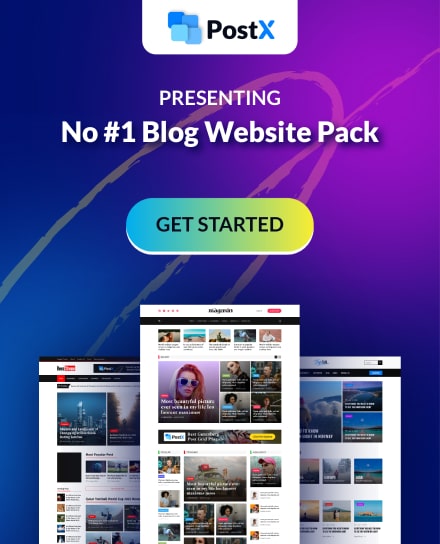Key Highlights
- Eli Lilly’s orforglipron, a first-in-class oral small-molecule GLP-1 receptor agonist, demonstrated robust A1C reduction and weight loss in Phase 3 ACHIEVE-1 trial.
- Oral administration without food or water restrictions offers new convenience compared to injectable GLP-1 therapies, potentially transforming diabetes management.
- Safety profile consistent with GLP-1 class supports broad adoption, while ongoing trials will clarify orforglipron’s role in obesity and other metabolic conditions.
Orforglipron Delivers Clinically Meaningful Glycemic and Weight Improvements
The ACHIEVE-1 Phase 3 trial established orforglipron’s efficacy, showing a 1.3% to 1.6% reduction in A1C from baseline 8.0% at 40 weeks across doses, surpassing placebo. Participants also experienced substantial weight loss up to 7.9% (16 lbs) at the highest dose. Early benefits appeared as soon as 4 weeks, signaling a rapid onset of action for this oral GLP-1 therapy. Additionally, more than 75% of patients reached the ADA target of A1C <7%, underlining its clinical potential.
Convenience and Compliance: Oral GLP-1 Without Food or Water Restrictions
Unlike injectable GLP-1 receptor agonists and oral peptide therapies requiring fasting or dosing with water, orforglipron’s small molecule structure allows once-daily dosing anytime without dietary constraints. This convenience could enhance patient adherence and broaden the therapy’s appeal, especially among those reluctant to initiate injections, potentially driving a paradigm shift in diabetes treatment accessibility.
Safety Profile Aligns with Established GLP-1 Class
Orforglipron’s adverse events were primarily gastrointestinal (diarrhea, nausea, dyspepsia, constipation, vomiting), generally mild to moderate and mostly during dose escalation. Discontinuation rates remained low (4%-8%), comparable with injectable GLP-1 agents. Importantly, no hepatic safety concerns emerged, reinforcing confidence in the molecule’s tolerability for long-term management.
Future Outlook: Expanding Indications and Ongoing Global Trials
Lilly plans upcoming data releases from ACHIEVE-2 and ACHIEVE-3 trials, evaluating orforglipron versus dapagliflozin and oral semaglutide, respectively. Parallel ATTAIN studies targeting obesity treatment will further elucidate weight management benefits. Regulatory submissions are anticipated for weight management by end of 2025 and for type 2 diabetes treatment in 2026, positioning orforglipron as a promising oral GLP-1 option across metabolic disease landscapes.
About Eli Lilly and Company
Eli Lilly and Company is a global healthcare leader committed to turning science into life-changing medicines that improve the lives of millions. With nearly 150 years of innovation, Lilly focuses on advancing treatments in diabetes, obesity, oncology, immunology, and neuroscience. To learn more, visit Lilly.com.
About Orforglipron
Orforglipron is an investigational oral small-molecule GLP-1 receptor agonist developed by Eli Lilly for the treatment of type 2 diabetes and obesity. Unlike injectable GLP-1 therapies, orforglipron is taken once daily without restrictions on food or water intake. In a Phase 3 trial (ACHIEVE-1), orforglipron demonstrated significant reductions in blood sugar (A1C reduced by 1.3% to 1.6%) and meaningful weight loss (up to 16 lbs) over 40 weeks, with a safety profile consistent with the GLP-1 class. These results position orforglipron as a promising oral alternative for people with type 2 diabetes, with ongoing studies expanding its potential use in obesity and other related conditions.



